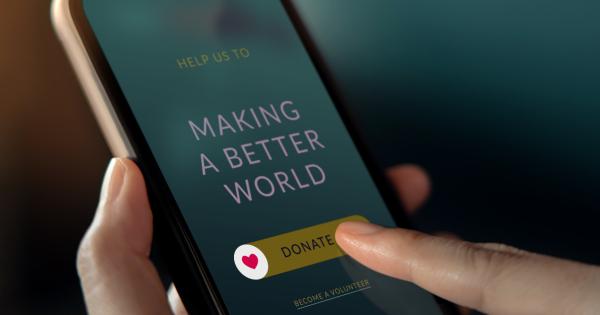The Families First Coronavirus Response Act (“FFCRA”) was signed into law on March 18, 2020. The FFCRA creates new “emergency sick leave” and expands the current Family and Medical Leave Act (“FMLA”). The FFCRA is intended to address the COVID-19 outbreak by providing paid sick leave, free COVID-19 testing, expanded food assistance and unemployment benefits, and requiring employers to provide additional protections for healthcare workers.
The FFCRA requires many small-to-midsize business owners and entrepreneurs to provide paid leave for employees, but also provides significant tax incentives to offset the burden, as outlined below.
Note that all provisions will take effect within 15 days, are currently temporary and are set to expire on Dec. 31, 2020.
Paid Leave
Under the FFCRA, employers with fewer than 500 employees must immediately provide 80 hours of paid “emergency sick leave” to all full-time employees in the event of any public health emergency (including the current COVID-19 event). Part-time employees are given “emergency sick leave” hours based on the average number of hours the employee works over a two-week period. Further, the Secretary of Labor may exempt businesses with fewer than 50 employees if the requirements of compliance would jeopardize the viability of the business.
“Emergency sick leave” may be used if an employee is unable to work (including telework) due to a current COVID-19 diagnosis, the worker is quarantined (including self-quarantine), the worker is caring for another person with a COVID-19 diagnosis or the worker is caring for a child under the age of 18 who is unable to care for themselves due to the COVID-19-related closing of their school, child care facility or other care program. “Emergency sick leave” is paid at the employee’s regular rate (up to $511 per day and $5,110 in aggregate) if the employee has a diagnosis or is quarantined and two-thirds of the employee’s regular rate (up to $200 per day and $2,000 in aggregate) if caring for another.
Under the FMLA expansion, employers with fewer than 500 employees are required to provide 12 weeks of job-protected sick leave to all employees who have been with the employer for at least 30 days. The first 10 days may be unpaid, but employees are eligible to use normally accrued paid time off or sick days and “emergency sick leave.” Leave over the remaining ten weeks is paid at two-thirds of the employee’s regular rate. Such paid leave shall not exceed $200 per day and shall not exceed $10,000 in total. As with “emergency sick leave,” the Secretary of Labor may exempt businesses with fewer than 50 employees if the requirements of compliance would jeopardize the viability of the business.
Tax Incentives
To alleviate some of the burden on employers, the FFCRA grants two refundable payroll credits to be taken against their share of Social Security taxes, effective within 15 days of enactment. Each credit is calculated on a per-employee basis and wages used for the calculation cannot be deducted. The first credit applies to “emergency sick leave” and is limited to $511 per day for employees that self-isolate, have COVID-19 symptoms or are ordered to stay home. If “emergency sick leave” is paid to an employee caring for another, the credit is capped at $200 per day. The credit for sick leave paid under the expanded FMLA is capped at $200 per day and $10,000 for all calendar quarters. Neither credit may be used in conjunction with existing credits for employers that provide paid family and medical leave to their employees.
If you have any questions regarding the FFCRA or its impact on your business, please contact GHJ’ tax advisors.










